Remembering William Allan Irwin
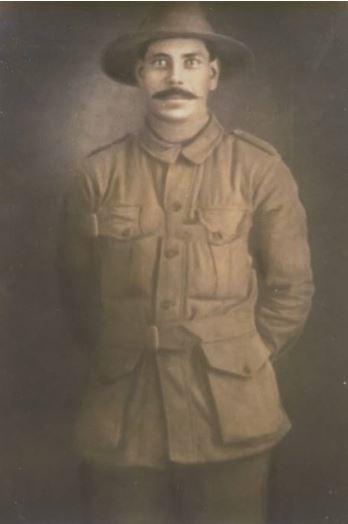
Private William Allan Irwin rushed three separate machine gun posts, capturing the three guns and their crews.
William Allan Irwin was a remarkable man. A gun shearer, a crack shot, and a much loved son and brother, he went off to the war at the age of 37, single-handedly capturing three separate machine-gun posts before giving his life for a country that didn’t recognise him as a citizen.
The only Aboriginal identified by Charles Bean in the Official History of Australia in the First World War, Private Irwin was awarded the Distinguished Conduct Medal for his “magnificent gallantry” during the battle of Mont St Quentin, but until recently his story of courage and bravery was largely unknown.
For Irwin’s nephew, Merv Allan, it’s a tragic story that needs to be told.
“My father Harry was his brother, but dad never talked much about it,” Merv said. “He told me he was a real hell-raiser and that he used to walk up to the mirror, and that he used to say, ‘Who’s that there big gun shearer?’ And I reckon he was …
“But I only knew little bits and pieces, and what I’d been told my mother … None of them talked much about the war because they didn’t like the war much, and that’s why the old fella chased him.”
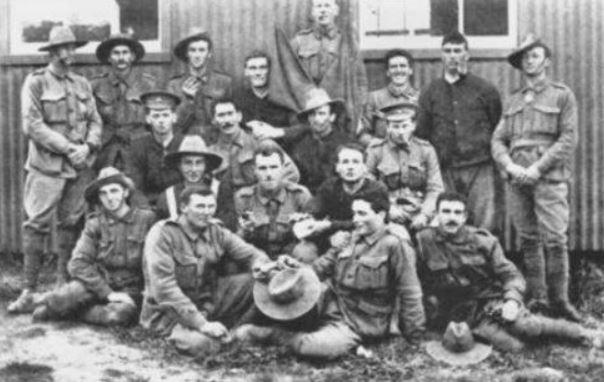
Private William Allan Irwin, second from left in the third row, with some of the 33rd Battalion on the Western Front in 1917.
The son of William Allan of the Gomeroi Nation and Eliza Allan, William Allan Irwin was born William Allan on 3 July 1878 on Burra Bee Dee Aboriginal Mission Station, in the Piligia region near Coonabarabran in country New South Wales.
Known to family and friends as Bill, Irwin worked as a shearer with his brothers, Harry and Jack, and travelled throughout northern New South Wales and southern Queensland, until a broken heart changed everything.
“The three brothers were going to marry three sisters, and they went away shearing, and when they came back he found his woman had married another man,” Merv said. “He was heartbroken, and had been jilted in love, so he joined the army, and off he went.”
His brothers tried to talk him out of it, but he was determined to go, enlisting as William Allan Irwin at Narrabri on 3 January 1916. Some say he took the name Irwin from an uncle or another one of his relatives, but Merv believes otherwise.
“He changed his name only because he went to the war,” Merv said. “And I’m pretty sure his second name was Irwin, and that he just used the second name instead of his surname. He just swapped the two of them around.”
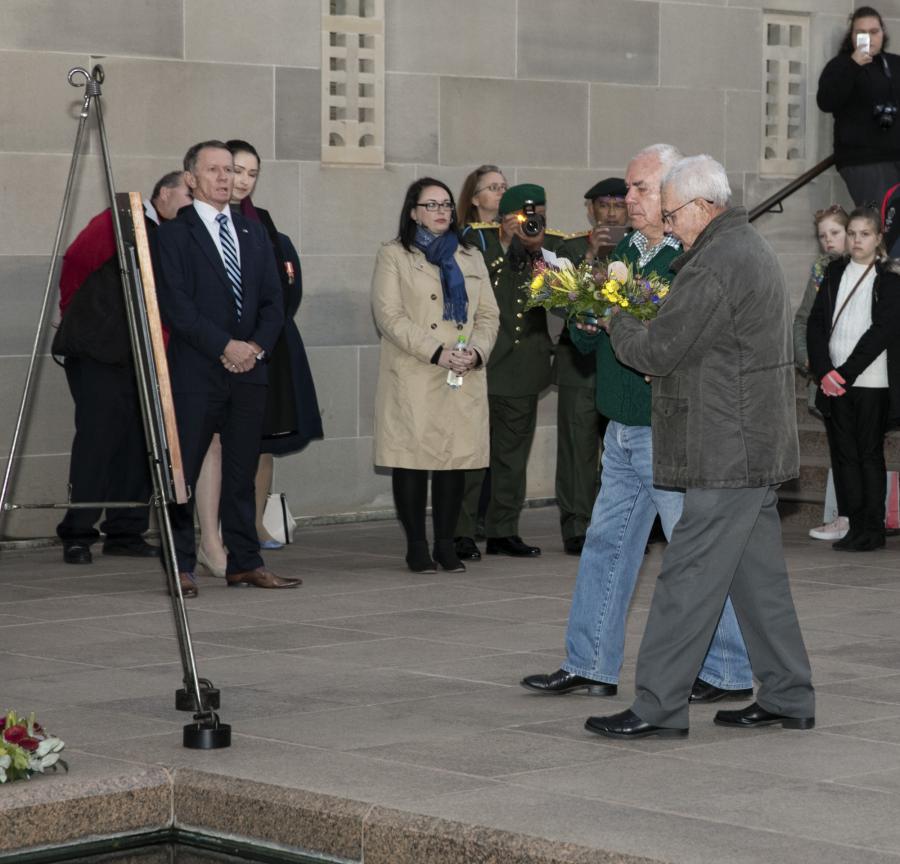
Merv Allan and Vic Porter laying a wreath at the Last Post Ceremony.
Merv’s nephew, and Irwin’s great nephew, Vic Porter, remembers being told that Irwin was a “very good rifleman” and that he was determined to fight for his country. Vic’s mother was only a baby at the time, and Irwin cut a lock of her hair which Merv’s mother placed it in a family Bible for safe-keeping until he returned.
“Bill said, ‘Keep it, and I’ll get it when I come back home,’” Vic said quietly. “But he didn’t make it.”
Irwin was sent to the training depot at Armidale and embarked from Sydney with the 33rd Battalion aboard the transport ship Marathon at the beginning of May 1916.
His brother Harry tried desperately to stop him from going, racing through the countryside on horseback in a last-minute attempt to prevent him from going to the Western Front.
“He tried to catch him before he sailed,” Merv said. “But he missed the train and he was already gone.”

William Allan Irwin's name on the Roll of Honour at the Australian War Memorial.
Harry would never see his brother again. Irwin sailed for England and endured the terrible winter of 1916 and 1917 in France before facing a baptism of fire at the battle of Messines in early June. He was hit by shrapnel during the battle and was evacuated to England, but returned to the front as soon as he was able.
He was with the battalion when it helped recapture Hangard Wood after the start of the German Spring Offensive in March 1918, and was part of the successful defence of Villers-Bretonneux, which blunted the German drive towards Amiens. During the fighting, Irwin was wounded a second time, suffering a bullet wound to his right arm. He was once again evacuated to England, but returned to his battalion in time for the battle of Amiens on 8 August, which Erich Ludendorff called the “Black day of the German Army”. A series of advances followed and by the end of the month, the 33rd Battalion was involved in heavy fighting while trying to capture an area known as Road Wood during the battle of Mont St Quentin.
The men were pinned down by intense machine-gun fire from the wood, and Private George Cartwright charged one of the machine-guns, capturing it along with nine prisoners, but with several more machine-guns continuing to hold up the advance, Irwin decided to act: “Single handed and in the face of extremely heavy fire, Private Irwin rushed three separate machine gun posts and captured the three guns and crews. It was while rushing a fourth machine gun that he was severely wounded. On his irresistible dash and magnificent gallantry this man materially assisted our advance through this strongly held and defended wood; and by his daring actions he greatly inspired the whole of his company.”
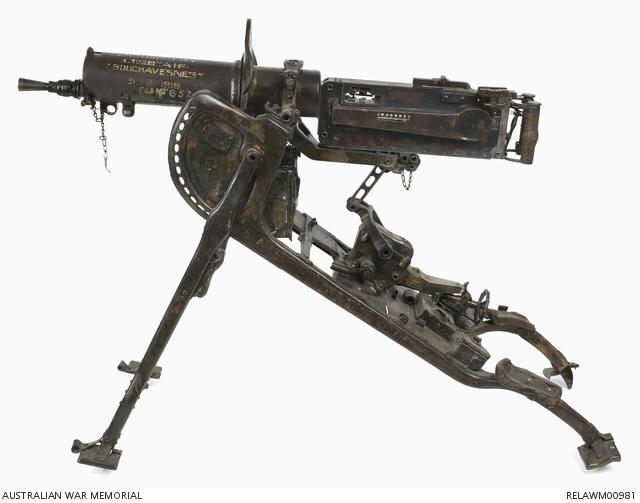
One of the machine guns which was captured during the action is part of the national collection.
Irwin was taken to a casualty clearing station at Daours, but died from his wounds the following morning and was buried in the Daours Communal Cemetery.
He was posthumously awarded the Distinguished Conduct Medal for his “conspicuous gallantry and devotion to duty” at Road Wood; Private George Cartwright was awarded the Victoria Cross.
But what happened to Irwin’s medals after the war remains a mystery.
“My father gave all his medals to a school teacher to put up on the wall at school to show everyone,” Merv said. “And when the teacher left the medals went, and we never ever saw them again. They looked everywhere for them, but we never ever found them.”
Irwin’s story is now told as part of the Australian War Memorial’s For Country, for Nation touring exhibition, and his life was commemorated in a Last Post Ceremony at the Memorial.
Merv travelled from his home in Tamworth for the ceremony. He couldn’t have been more proud as he and his family laid wreaths by the Pool of Reflection and placed a poppy against Irwin’s name on the Roll of Honour.
“It’s really good to have this man recognised and all that,” Merv said. “Right through the family too … they were all proud of what he did. [Laying the wreath] was something special … It was [quite emotional], and this speech was unreal. I knew all about it, but to have someone read it to you – it was good.”
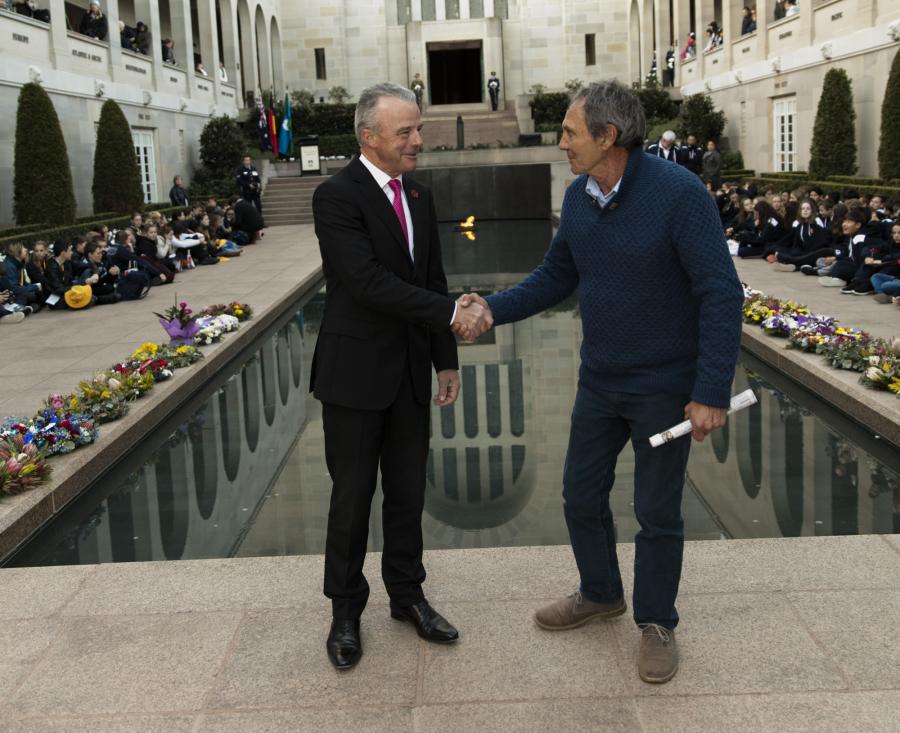
Peter Milliken speaking with the Director of the Australian War Memorial Dr Brendan Nelson at the ceremony.
Merv’s nephew and Irwin’s great nephew, Peter Milliken agreed. He grew up hearing about his great-uncle’s heroism during the First World War and is determined that his story is not be forgotten.
“I’ve known about this all my life,” he said. “Ever since I was a kid they’ve been telling me about this.
“I think they were expecting a better life when they got back, but the poor bugger didn’t get it.
“For me, the worst bit was sitting in schools. I’d be sitting there in school when I was a kid waiting for the story to come out about William Allan, and they’d always be talking about George Cartwright. Well, I already knew the story because [Uncle Merv]’s mum told me the story when I was a little kid and I’d be sitting there waiting for it and waiting for it and it never happened…
‘They would be talking about George Cartwright … and I used to tell the other kids, ‘Wait for it, they’ll talk about my uncle in a minute,’ and it never happened …
“So for the last six years I’ve been trying to get this fellow recognised and make our family proud.”